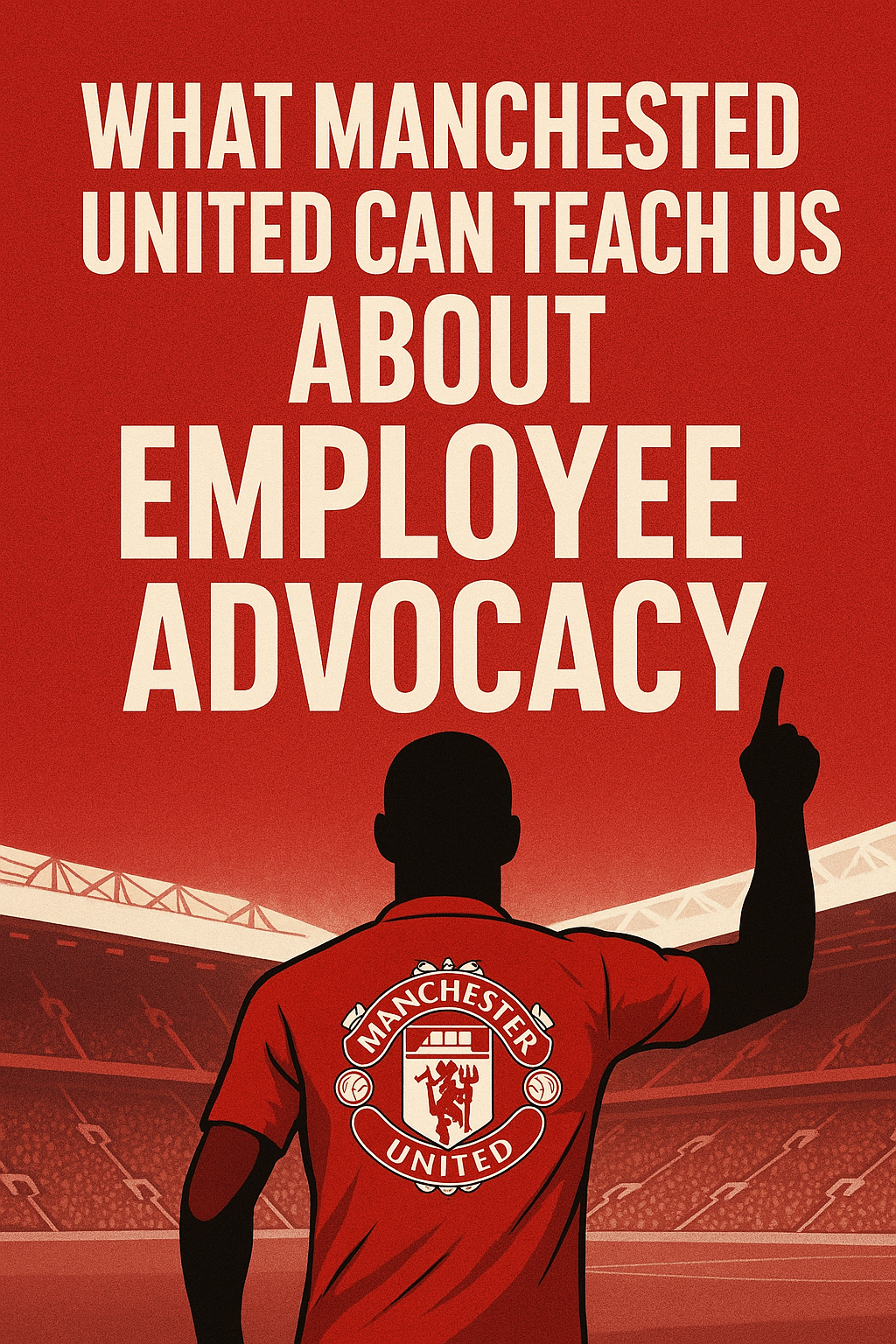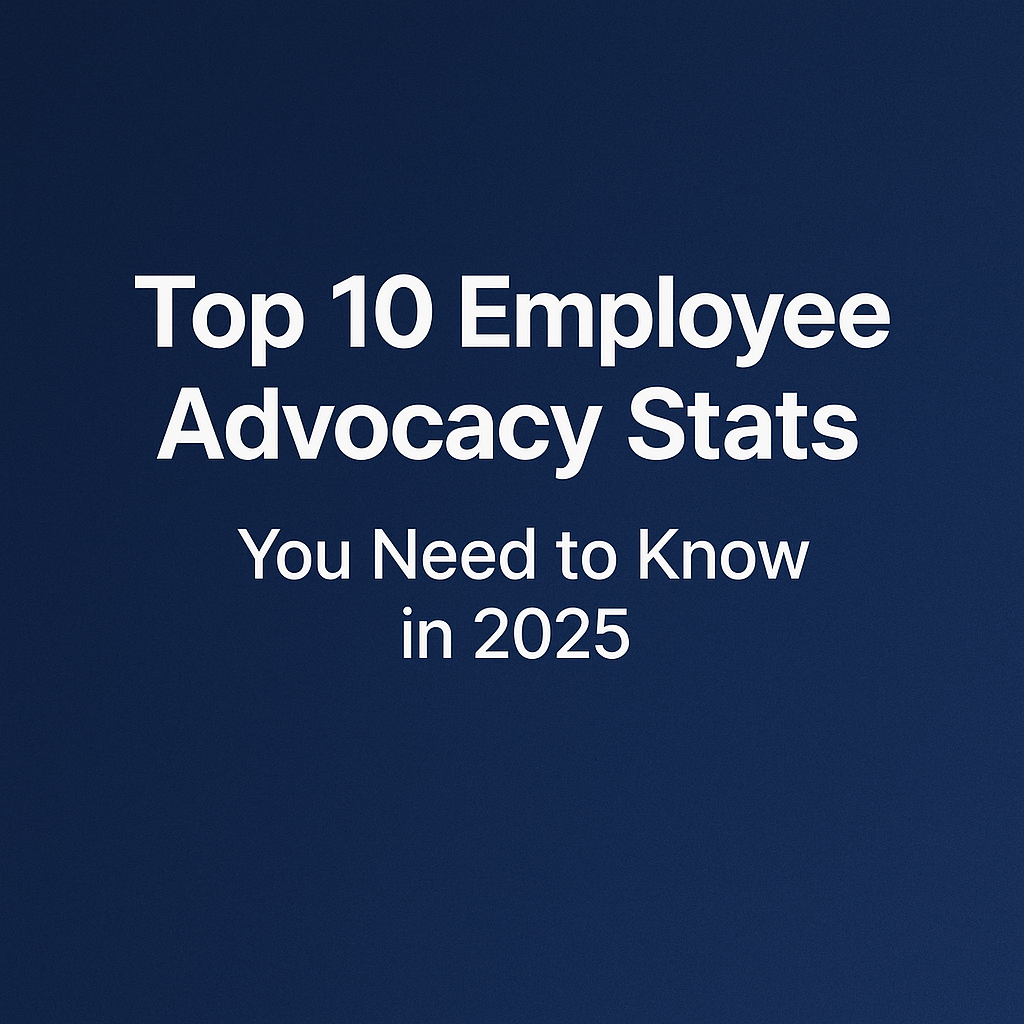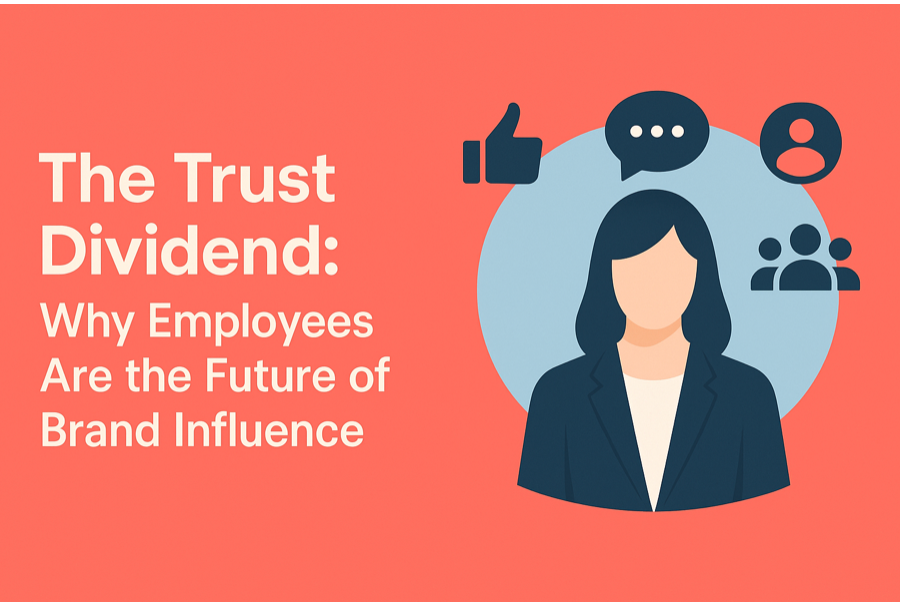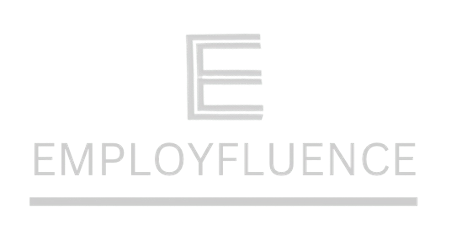Blogs
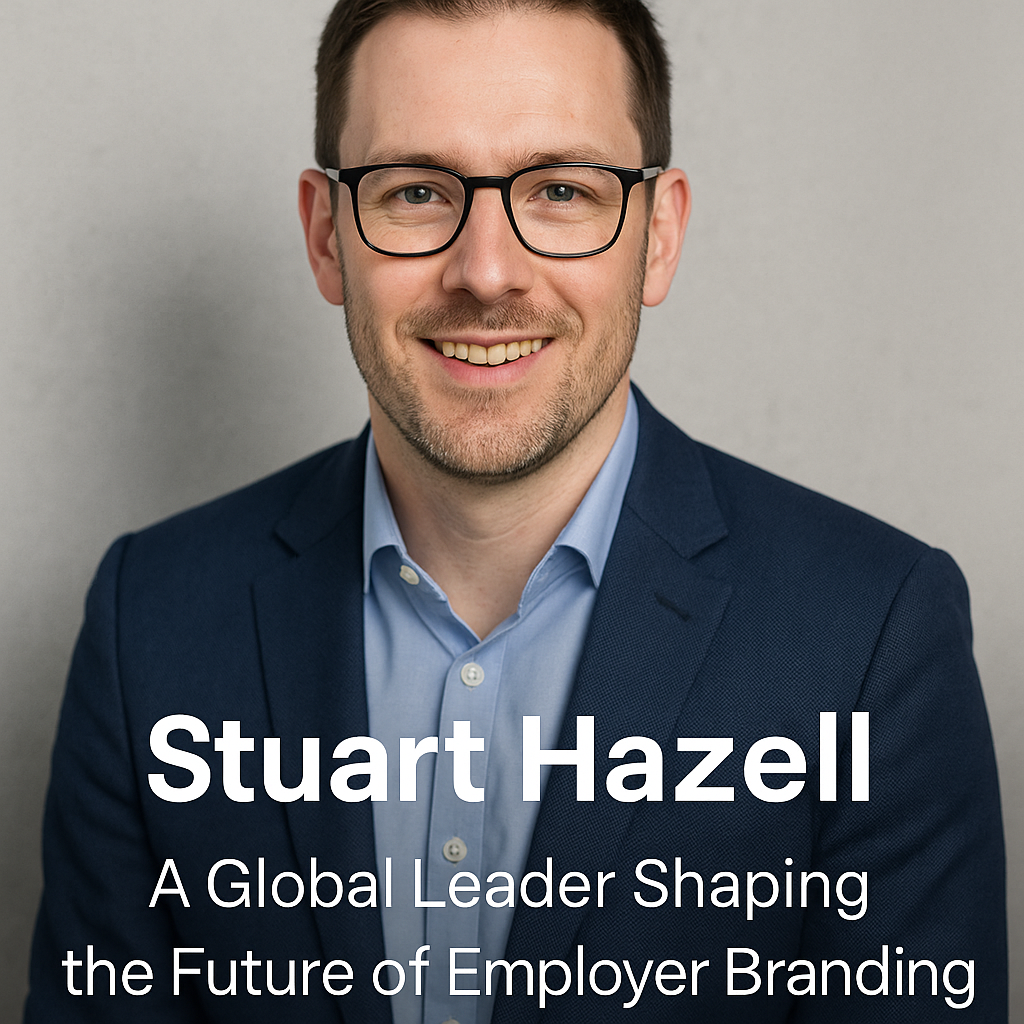
By Aguilar
•
September 22, 2025
When it comes to employer branding and recruitment marketing, few names resonate as strongly as Stuart (Stu) Hazell . With over 15 years of experience, Hazell has consistently proven himself as a forward-thinking leader who blends creativity with data-driven impact to redefine how organizations connect with talent. A Career Spanning Global Powerhouses Hazell’s professional journey is a testament to his ability to thrive in both digital and traditional marketing. Having held key roles at CA Technologies, IBM, and Workday , he has built and strengthened employer brands that not only attract but also resonate with talent across diverse global markets. Each chapter of his career has deepened his understanding of how to align corporate identity with the values, aspirations, and expectations of the modern workforce. Strategic Creativity Meets Measurable Impact What sets Hazell apart is his ability to blend strategic creativity with data-driven precision . Employer branding isn’t just about eye-catching campaigns, it’s about creating an authentic, sustainable narrative that reflects company culture while also measuring its impact on talent pipelines and recruitment outcomes. His work bridges that gap, making employer brands both inspiring and effective. Recognition and Influence As an award-winning leader , Hazell has been celebrated for his innovation in employer branding and recruitment marketing. His achievements demonstrate a rare ability to stay ahead of trends, adopt emerging technologies, and bring fresh thinking to a discipline that is increasingly critical in today’s competitive talent landscape. Why His Work Matters Now In an era where candidates view the employer brand as seriously as they view consumer brands, Hazell’s contributions have never been more vital. Organizations are under pressure to stand out, communicate authentically, and deliver meaningful employee experiences. Leaders like Hazell are showing the path forward, where creativity and analytics meet to build brands that engage, attract, and retain talent worldwide. Conclusion : Stuart Hazell’s story is more than just a career biography, it’s an example of how visionary leadership in employer branding can shape the way companies and candidates connect on a global scale. To listen to the podcast click here: https://open.spotify.com/episode/5m4o6LinFkdnjA8sNfhmUn?si=JjY5V_MyTqW9jGw2qjlMvg
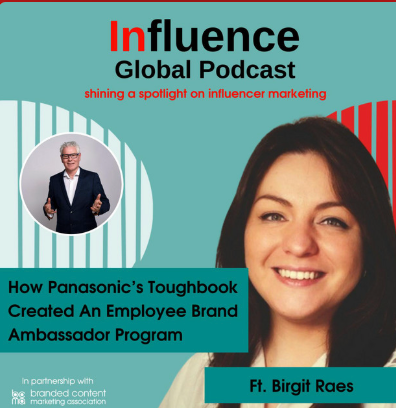
How Panasonic Toughbook Built a Laser-Focused Employee Ambassador Program That Drove 22 Key Meetings
By sebastianaguilarve
•
July 23, 2025
In the world of B2B sales and enterprise technology, creating genuine connections with decision-makers is challenging. But what if instead of trying to go viral or flood your channels with content, you zoomed in way in? That’s exactly what Panasonic Toughbook did. In our latest podcast episode, we sat down with Birgit Raes , a top sales enablement specialist at Panasonic, to uncover how she and her team built a hyper-targeted employee brand ambassador program, resulting in 22 meetings booked with their most valuable prospects. What Made This Program So Different? Most companies launching advocacy or ambassador programs go broad. They chase impressions, likes, and “reach.” But Birgit and her team flipped that approach on its head. Instead of asking all employees to become advocates, they started with just five experts, people who were already credible voices online and had a natural presence on platforms like LinkedIn. And instead of pushing content to a wide net of leads, they narrowed in on just 25 key accounts . That’s five ambassadors, each focusing on five high-priority clients . Why It Worked The magic of this initiative wasn’t scale, it was relevance . Each ambassador created or shared tailored content that resonated deeply with their target segment. Since they were already trusted and established in their field, their posts didn’t feel forced or corporate, they felt authentic. This razor-sharp alignment between: the ambassador’s voice , the client’s challenges , and the content’s value meant that decision-makers paid attention. The result? 22 booked meetings from just 25 targeted accounts . That’s not just ROI, that’s precision marketing at its finest. Key Takeaways from the Episode Start small, start smart : Not everyone in your company needs to be an ambassador. Focus on the ones already speaking the language of your clients. Depth over breadth : Likes are great, but conversations with the right people are better. Aim for business outcomes, not just brand awareness. Content that converts is personal : When your employees speak authentically and insightfully about client challenges, you build trust before you even make a call. Want to Learn the Full Strategy? Birgit breaks down exactly how they selected the right ambassadors, how they briefed them, and how they tracked success without relying on vanity metrics. If you're building (or rethinking) your ambassador program, this episode is a must-listen. 🎧 Listen to the full episode now : https://open.spotify.com/episode/00juuZ0InBkRgfLiJd48ez?si=VH6LFLZ5Sj2K3nnTwLDLLQ
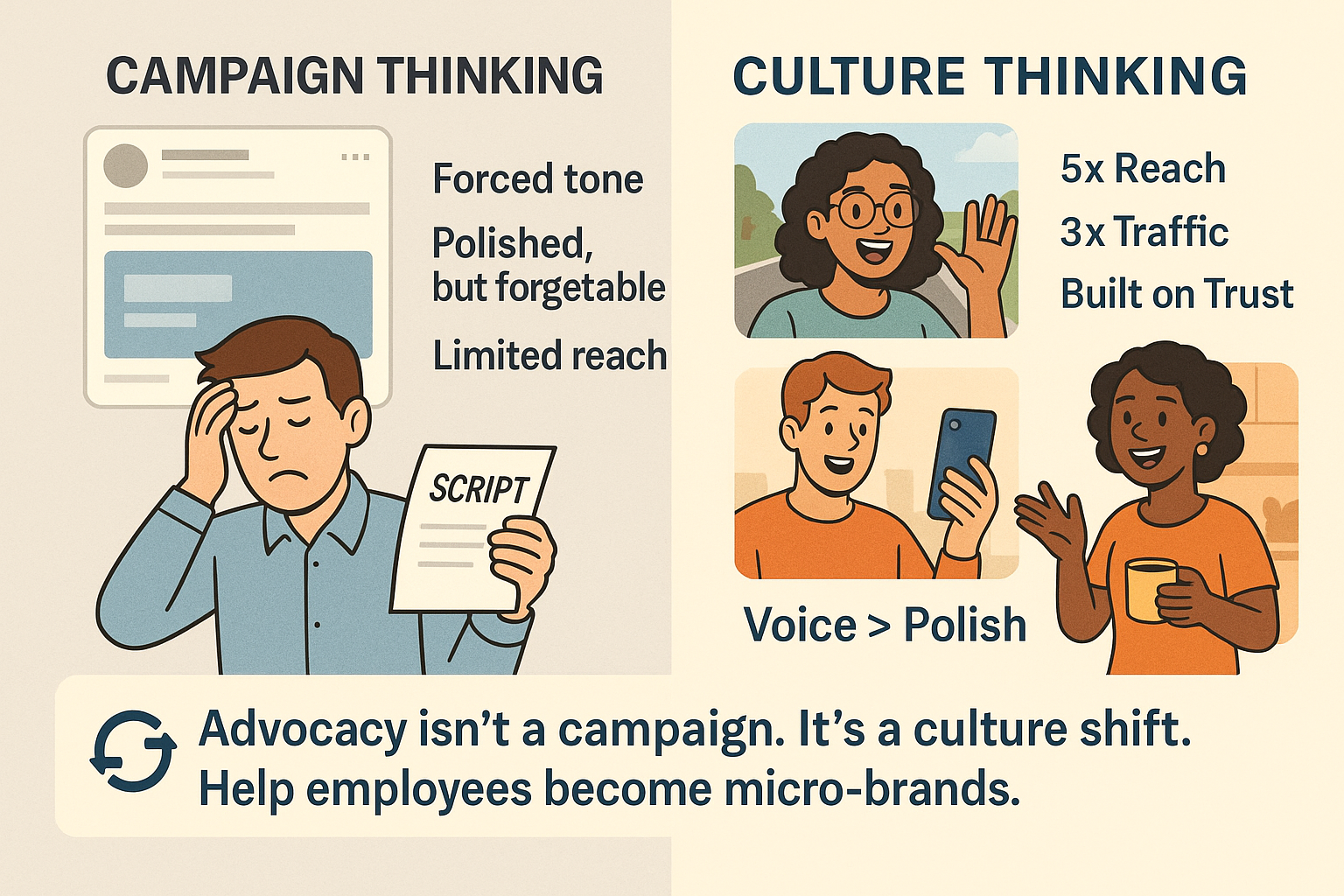
By sebastianaguilarve
•
May 23, 2025
If you're treating employee advocacy like just another content strategy, you're missing the point—and the opportunity. In today’s world of overproduced ads and influencer fatigue, what stands out is what feels real. Employee voices cut through the noise not because they’re perfect, but because they’re human. And human doesn't scale the way software does. This is exactly why it works. We’ve entered a new era where trust is more valuable than reach. And the most underused media channel? Your culture. The Problem With Campaign Thinking Marketers love campaigns. They’re scheduled, structured, and easy to track. But employee advocacy doesn’t work like that. It’s not a campaign. It’s a mindset. You can’t just tell employees to post three times a week and expect results. Instead, you need to create a reason for them to want to share. That shift—from control to culture—is uncomfortable. But it’s also what makes advocacy believable. “Employee advocacy succeeds because it’s human. And humans don’t scale like software.” It’s not the perfect video that builds trust. It’s the rough selfie from the company offsite. It’s the spontaneous LinkedIn post after a great client call. These moments aren’t always on-brand, but they’re on-trust. And that’s what matters now. What Makes Advocacy Stick To build advocacy that lasts, you need more than just software. You need intention, collaboration, and buy-in across the business. 1. Mindset Over Mandate Advocacy isn’t an obligation, it’s a mindset. Find the people already sharing naturally and give them space to lead by example. 2. Cross-Functional Buy-In This isn’t just a job for marketing. HR, internal comms, and leadership all need to align. Advocacy sits at the intersection of culture and communication. 3. Enablement Over Enforcement Give people the tools and freedom to be themselves online. At Employfluence, we use coaching, prompts, and AI to support—not script—employee voices. 4. Community and Recognition When advocacy becomes a shared movement, not a solo task, everything changes. Whether it's a Slack channel, spotlight feature, or internal challenge, community keeps momentum alive. Why the Effort Is Worth It The numbers speak for themselves 72 percent of consumers trust a company more when employees share content about it (LinkedIn, 2024) Employee posts generate 4.5 times more engagement than brand accounts One fintech company reduced recruitment ad spend by 60 percent with just 50 active advocates A SaaS brand tripled career page traffic without running a single ad This isn’t about impressions. It’s about trust. And trust drives everything from brand reputation to hiring velocity to customer loyalty. Final Thought: Advocacy Is Culture. And Culture Is a Strategy. Employee advocacy isn’t a quick win. It’s a strategic investment in long-term credibility. You don’t build it with software. You build it with trust, permission, and people. You build it by turning employees into creators, not because you told them to, but because they believe in the company they represent. So ask yourself Are we empowering the voices we already have? Because the brands that win in the next decade won’t be the ones with the biggest ad budget. They’ll be the ones with the most trusted people.

By sebastianaguilarve
•
May 21, 2025
🎬 What MrBeast and Your Employees Have in Common (And Why It Matters for Your Brand) When you hear the name MrBeast, you probably think of jaw-dropping stunts, viral videos, and millions of subscribers. But behind every viral moment is something more powerful than production value or money: A team that believes in the mission, and shares it. That’s not just YouTube strategy. That’s Employee Advocacy in action. The Hidden Force Behind MrBeast’s Success While Jimmy Donaldson (aka MrBeast) is the face of the brand, he constantly credits his success to his team. From editors and writers to strategists and behind-the-scenes coordinators, they’re not just employees, they’re believers . They talk about the work, share the content, and embody the brand’s energy. Sound familiar? It should, because your team has that same potential . Your Team = Your Most Underrated Marketing Channel Imagine if your employees: Shared behind-the-scenes stories of your work. Posted LinkedIn content about your impact and culture. Engaged with your brand like fans, not just workers. That’s not a fantasy. That’s Employee Advocacy, and at Employfluence , it’s what we help brands unlock. Employee Advocacy means: ✅ Higher reach on social media ✅ More authentic messaging ✅ A stronger employer brand ✅ Higher trust from customers and potential hires 🔧 How to Make It Happen (Without Being Cringe) Let’s face it: forced posting doesn’t work. That’s why we help companies build real advocacy through: ✅ 1:1 coaching ✅ Authentic content strategies ✅ Tools that help employees post faster and smarter ✅ Analytics to track impact With the right support, your employees can become natural ambassadors , not content-pushing robots. MrBeast Didn’t Build a Movement Alone. Neither Should You. Want your brand to go viral for the right reasons? Start by activating the believers who are already on your team. Book a free Employee Advocacy audit today. Let’s find the fans inside your company and turn them into your greatest marketing asset.

By sebastianaguilarve
•
May 5, 2025
In today's digital age, employee advocacy has emerged as a potent strategy for brands aiming to amplify their reach and authenticity. By empowering employees to share their experiences and insights, companies can foster genuine connections that resonate more deeply than traditional marketing methods. Let's delve into some exemplary cases where organizations have harnessed the power of their workforce to elevate their brand presence. What is Employee Advocacy? Employee advocacy refers to the promotion of a company by its staff members. This strategy leverages employees' voices to enhance the brand's image, reach, and credibility. Unlike conventional marketing efforts, employee advocacy is rooted in authenticity, as employees share personal experiences and perspectives about their workplace. These narratives often unfold on platforms like LinkedIn, Twitter, and Facebook, where employees engage with their networks to highlight their company's strengths. Real-World Success Stories 1. IBM: Empowering Employees as Brand Ambassadors IBM's "IBM Voices" initiative stands as a testament to effective employee advocacy. By providing employees with tools and training to share content about their work and industry insights, IBM ensures that its workforce represents the brand professionally and authentically. This approach not only humanizes the brand but also fosters a culture of trust and engagement. 2. Dell: Gamifying Advocacy Dell's "Dell Champions" program introduces gamification into employee advocacy. By encouraging employees to share content and rewarding them for their engagement, Dell boosts both participation and brand visibility. This strategy not only amplifies the company's reach but also instills a sense of pride among employees. 3. Starbucks: Cultivating a Partner Culture At Starbucks, employees are referred to as "partners," reflecting the company's commitment to inclusivity and shared success. This culture encourages staff to share their experiences, fostering authentic connections with customers and enhancing the brand's image. 4. Adobe: Showcasing Employee Creativity Adobe's "Adobe Life" program celebrates employee creativity by allowing team members to showcase their work and company culture. This initiative not only highlights the talents within the organization but also reinforces Adobe's commitment to innovation and employee satisfaction. 5. Microsoft: Encouraging Thought Leadership Microsoft empowers its employees to share their professional journeys, positioning them as thought leaders in their respective fields. This strategy enhances the company's reputation and demonstrates its investment in employee growth and development. Why This Matters for Your Company All these brands have one thing in common: they made advocacy part of their culture, not just their marketing. At Employfluence, we help companies replicate this success by offering: -1:1 coaching to build confidence in content - Hands-on workshops to align teams -AI-powered tools -Strategy audits to identify quick wins and long-term growth You don’t need to be a tech giant to make advocacy work. You just need to start. Ready to empower your team? Let’s build your employee advocacy strategy, without adding more work to your plate.

